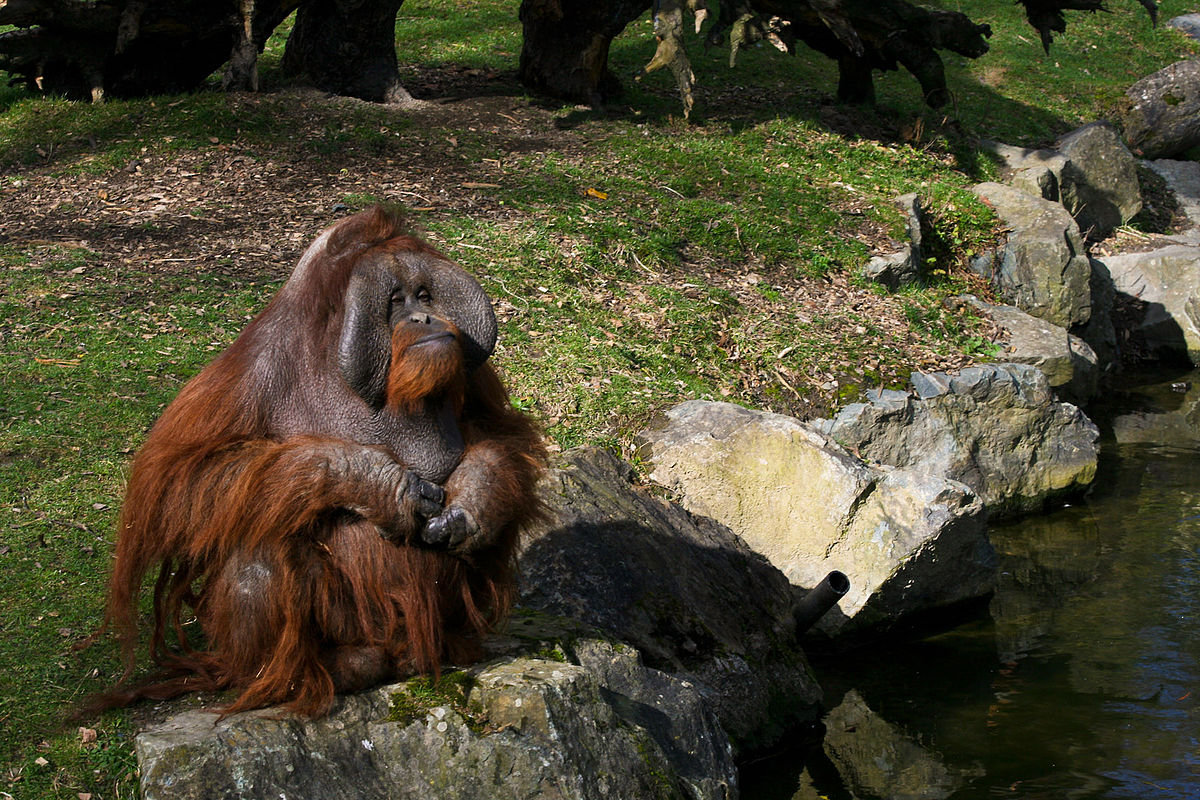A Massive Extinct Primate Discovered and Claimed to be Bigfoot’s Relative

The well-known legend of Bigfoot gave us an idea of what could the massive creature look like, but rumors and stories are not enough for some scientists. Recently, a discovery seems to gain researchers’ attention, mainly because it involves the legendary animal. The real Bigfoot roamed the forests of Southeast Asia before going to disappear forever, hundreds of thousands of years ago.
Scientists are now exploring a much clearer image of the massive animal’s position on the primate family tree, after developing a strict study of proteins in tooth enamel from almost 2 million years ago. The original and real Bigfoot or relative of the legendary creature, depending on how you see things, it is also named “Gigantopithecus blacki.” The immense creature dominated the ones of the great apes that live nowadays. Also, its profile was close enough to 10 feet tall and weighed approximately 595 lbs. Even Gigantopithecus was so huge, that doesn’t mean it was easy to find its fossils. Researched roamed for thousands of teeth and four incomplete jaws, unfortunately not enough to determine the creature’s evolutionary genealogy and formation, and too old to provide significant clues about long-extinct animals.
Genetic analysis, for example, can offer essential data about long-extinct animals. However, if the fossils are ancient and from humid or warm geographical areas, the DNA is sometimes too degraded to provide any details. Where the Gigantopithecus lived, in subtropical Asia, the only usable DNA finally obtained was from other animals’ fossils. Those remains were almost 10,000 years old.
For the recent study, the researchers devised a new way of getting back and reconstructing protein structures from dental enamel, and they examined this method on a Gigantopithecus molar. The fossil is from 1.9 million years ago, and it was compared with the protein formation of actual living apes. Enrico Cappellini, from the University of Copenhagen, related that “What we observed is the number of differences in the sequences. We assume that the lower the number of differences, the closer the two species are related, and the later they diverged.
The study’s results state that the extinct “Bigfoot” is not an even close human relatives, such as bonobos or chimpanzees. Gigantopithecus instead belonged to nowadays orangutans. Scientists also detailed how the massive ape’s genealogy is believed to have split from its cousin’s around 12 million to 10 million years ago. Cappellini added, “The information we retrieved can’t say anything about appearance, phenotype or biology. There’s no evidence for that.”
0 comments